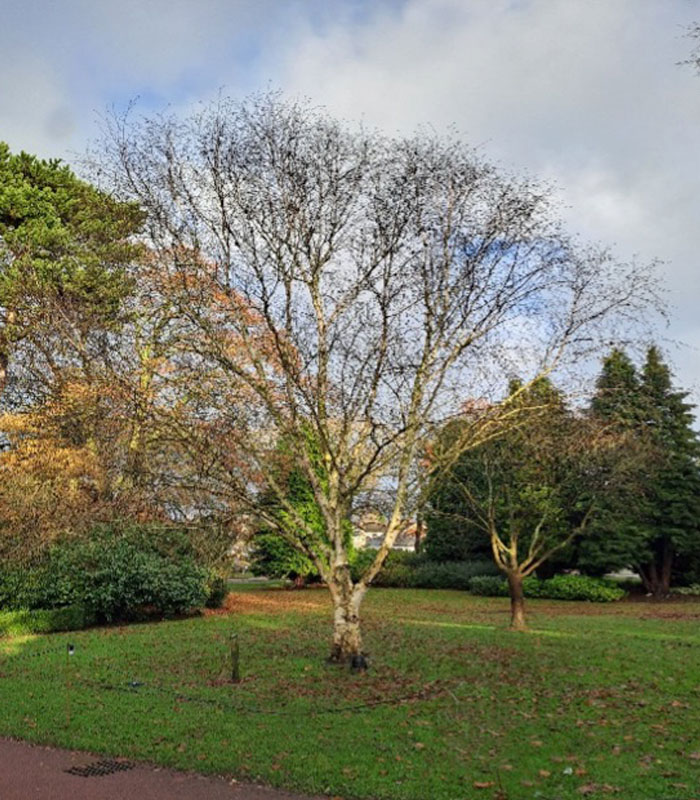
Botanical Name: Betula papyrifera
Common Name: Paper-Bark Birch
Native to N America. A fairly common street and garden tree, introduced from America in the mid-18th century. Otherwise known as the Canoe Birch, as Native Americans used the waterproof bark to make their canoes. The bark is whiter than the European birches, and peels horizontally. Birches are known for attracting birds and other wildlife and have outstanding yellow autumn colour.
Paper birch, with its historical uses and cultural importance, remains a valued tree with both practical and aesthetic significance.
20681